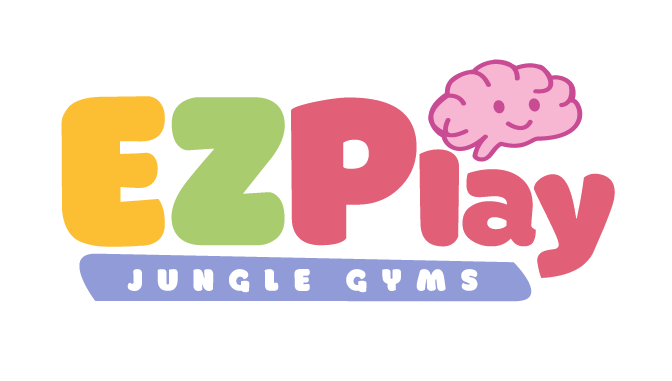
Why Balance Comes Before Coordination — And How to Strengthen It Through Play
 🖊️ Written by Dr. Stefanie Rodsater, Pediatric Chiropractor + Founder of @BuildingBrilliantBrains
🖊️ Written by Dr. Stefanie Rodsater, Pediatric Chiropractor + Founder of @BuildingBrilliantBrains
As a pediatric chiropractor and mom, I’ve seen firsthand how movement - especially balance play - transforms a child’s brain and body. This blog will show you why balance isn’t just a milestone… it’s a brain skill your child needs to thrive. Let’s dive in 👇
Before your child can ride a bike, play sports, or even sit still and focus… they need to master balance.
Balance is a foundational skill that supports every part of development - from walking and jumping to handwriting and reading.
And here’s the secret most parents don’t know: balance is trainable through purposeful movement.
Let’s break down why balance matters for brain development - and the best ways to build it through play 👇
⚖️ Why Balance is a Brain-Building Superpower
-
It trains the vestibular system
Balance play stimulates the inner ear and brainstem - areas responsible for spatial awareness, posture, and even emotional regulation. -
It boosts focus and body control
Kids who struggle with balance often fidget more and fatigue faster. Strengthening balance leads to better attention and coordination. -
It’s the foundation of gross motor milestones
From crawling and standing to walking and jumping - every stage depends on balance. Strengthen balance, and you strengthen everything else. -
It promotes right-left brain integration
Activities that challenge balance also build communication between the two brain hemispheres - vital for reading, writing, and emotional processing.
🧠 Doman Method Insight: Movement Fuels the Brain
Glenn Doman taught that purposeful physical activity is the engine that drives neurological development. The more a child moves - in gravity, through space, and against resistance - the more the brain grows.
And balance is central to that growth.
🧗 Best Brain-Building Balance Activities (at Every Age)
For babies:
-
Tummy time on a balance board (supervised!)
-
Bouncing or rocking on your lap
-
Rolling over soft cushions
For toddlers:
-
Wobble boards or balance beams
-
Climbing gyms with uneven surfaces
-
Log rolls and spinning games
-
Side-stepping over soft obstacles
For preschoolers:
-
One-legged challenges ("Can you stand like a flamingo?")
-
Walking the edge of the Koala ramp or Gecko Climbing Wall
-
Movement songs that require posture shifts (like “Freeze Dance”)
🛠️ Tools that Help (Without Overtaking Your House)
EZPlay toys are designed with balance in mind.
🪵 Try our Wobble Balance Board for daily play that engages the vestibular system.
🧗 Or add the Panda Playground Gym - perfect for climbing, sliding, and challenging balance in a safe way.
🪜 The Foldable Pikler Triangle grows with your child and supports balance from baby to big kid.
Movement toys don’t need to be big to make a big impact - just thoughtfully designed for functional play.

🧠 Final Thoughts
Balance isn’t just a milestone - it’s a brain skill.
And the best way to build it isn’t through drills or classes - it’s through daily movement and unstructured play.
So if your goal is to raise a confident, coordinated, resilient little mover… start with balance.
And start today.








